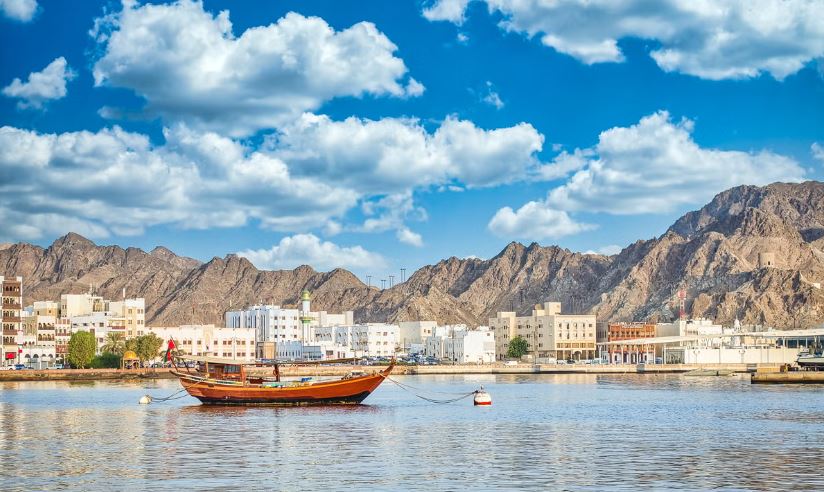Embark on a journey through ancient wonders while pondering modern challenges. Nile River cruises offer breathtaking views of Egypt’s heritage, but what about their environmental toll? Discover the ecological impacts, emerging sustainable practices, and tips to cruise responsibly—balancing adventure with planetary care in this timeless waterway.
Imagine gliding along the world’s longest river, surrounded by pharaohs’ temples and lush palm groves, as the sun sets in a blaze of orange. A Nile Cruise promises an unforgettable blend of history and luxury, but beneath the serene surface lies a pressing question: How does this popular tourism activity affect the fragile ecosystem of the Nile? In an era where climate change and pollution threaten global waterways, understanding the ecological footprint of these voyages is crucial for responsible travellers.
Nile River cruises, while enchanting, contribute to several environmental challenges that can disrupt the river’s delicate balance. The Nile, stretching over 4,000 miles, supports millions of people and diverse wildlife, making any negative impacts particularly concerning.
Water Pollution and Waste Management Issues
One of the primary concerns is water pollution from cruise operations. Ships often discharge wastewater and waste into the river, exacerbating issues like plastic accumulation. The Nile is among the world’s top 10 most plastic-clogged rivers, with rivers like it contributing to 90% of ocean plastic pollution. Sediment buildup is another issue; studies show accumulation rates are highest near shipping channels, reaching up to 5 mg per square centimetre per day, compared to background levels of 1-2 mg per square centimetre per day. This can smother aquatic life and alter habitats.
Additionally, heavy metal pollution and coastal erosion pose existential threats to the Nile Delta, endangering 60 million people. Cruise ships amplify these problems through fuel leaks and improper waste disposal, though regulations are tightening.
Carbon Emissions and Energy Consumption
Cruise vessels rely heavily on fossil fuels, releasing significant carbon emissions that contribute to global warming. Traditional engines burn diesel, leading to air pollution that affects both the environment and nearby communities. The all-inclusive nature of cruises also means higher resource use, from food waste to energy for air conditioning and lighting.
Research highlights that environmental stewardship often takes a backseat to operational priorities among Nile floating hoteliers. This oversight can lead to inefficient energy practices, further straining the ecosystem.
Biodiversity and Habitat Disruption
The constant traffic of cruise ships disturbs wildlife along the riverbanks. Noise from engines can scare away birds and fish, while docking activities erode shores. The Nile’s biodiversity, including species like the Nile crocodile and various fish, faces risks from these intrusions, potentially disrupting food chains and migration patterns.
Sustainability Initiatives Transforming Nile Cruises
Fortunately, the industry is evolving with innovative practices aimed at reducing harm. Many operators are adopting eco-friendly measures to make Nile Cruise experiences more sustainable, blending luxury with environmental responsibility.
Adopting Green Technologies
Modern Nile cruises are incorporating hybrid propulsion systems and solar power to cut fuel consumption. Some vessels use solar-powered engines, reducing carbon emissions by significant margins. Energy-efficient features like LED lighting and insulated windows help lower overall energy use.
Water efficiency is another focus, with low-flow systems saving up to 40% in showers and faucets. Hybrid fuels and electric options are emerging, promising up to 30% reductions in emissions.
Waste Reduction and Responsible Management
Operators are tackling waste through strict protocols:
- Wastewater Treatment: Advanced systems treat sewage before discharge, preventing direct pollution.
- Plastic Minimisation: Eradicating single-use plastics, with fleets switching to reusable alternatives and limiting plastic onboard.
- Recycling Programs: Colour-coded bins for separation of recyclables, organics, and compost, improving overall waste handling.
- Digital Alternatives: Using QR codes for menus and itineraries to eliminate paper waste.
Certifications like the Green Award recognise these efforts, honouring lines for sustainability commitments.
Alternative Cruising Options
For ultra-low impact, wind-powered dahabiya cruises offer a traditional, eco-friendly alternative. These sailboats avoid fuel engines, minimising emissions and noise while preserving the river’s natural flow. Felucca sails, powered by wind, further reduce environmental strain compared to motorised ships.
Actionable Tips for Eco-Conscious Travellers
To make your Nile adventure sustainable, incorporate these practical steps:
- Choose Certified Operators: Opt for cruises with Green Award or similar certifications, ensuring they prioritise eco-practices.
- Pack Mindfully: Bring reusable water bottles, bags, and toiletries to cut down on plastic waste during excursions.
- Conserve Resources: Take shorter showers and turn off lights/AC when not in use to reduce energy and water consumption onboard.
- Support Local Economies: Buy from riverside markets using your own bag, and choose tours that benefit communities without exploiting resources.
- Offset Your Carbon: Calculate your trip’s emissions and invest in verified offset programs focused on river conservation.
- Advocate for Change: Share feedback with operators on sustainability, encouraging broader industry shifts.
Expert insights from environmental researchers emphasise education: “Limited awareness among cruise staff hinders progress so that traveller demands can drive better management.” By choosing wisely, you contribute to long-term preservation.
The Future of Sustainable Nile Cruising
Looking ahead, the Nile cruise sector is poised for greener innovations. With Egypt’s green bond initiatives funding clean transportation and water management, expect more hybrid vessels and zero-waste policies. Collaborative projects, like those studying river cruise impacts, will inform better regulations.
As travellers, we hold the power to influence this evolution. By prioritising sustainability, we ensure the Nile remains a vibrant lifeline for generations.
In summary
While Nile River cruises pose ecological challenges like pollution and emissions, proactive sustainability practices—from hybrid tech to waste reduction—are paving the way for a greener future. Whether you’re drawn to ancient ruins or serene sails, remember that a thoughtful Nile Cruise can harmonise adventure with environmental stewardship, leaving a positive legacy on this iconic river.











